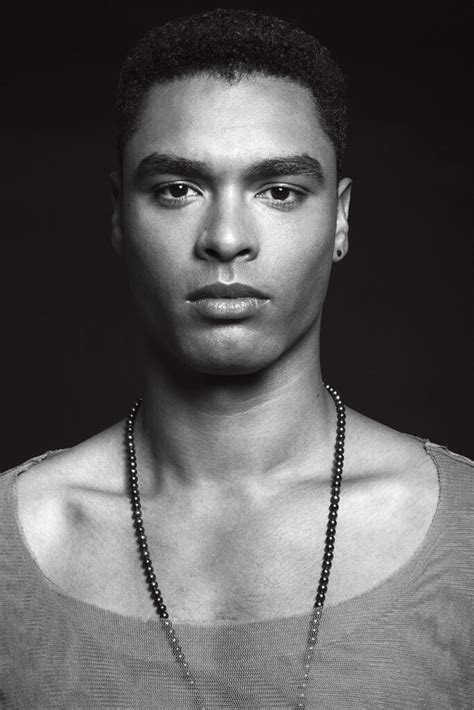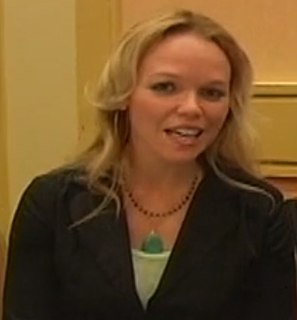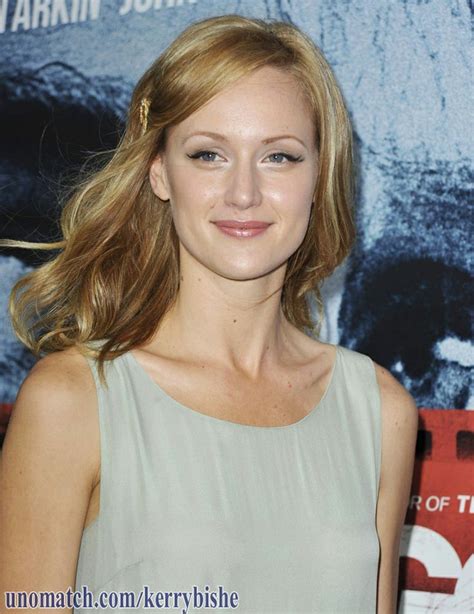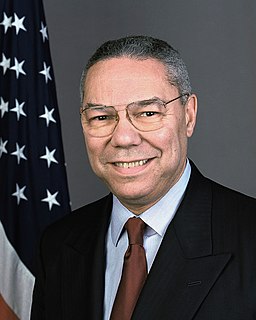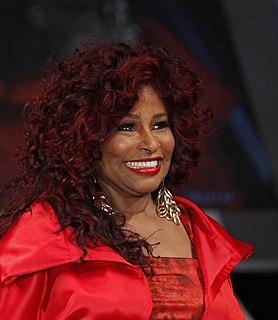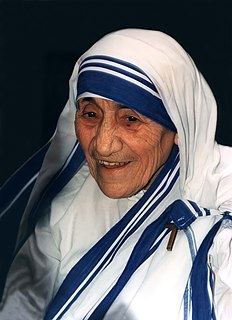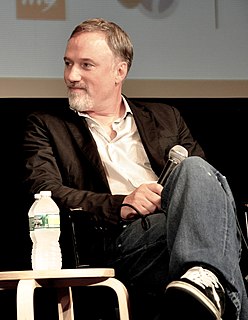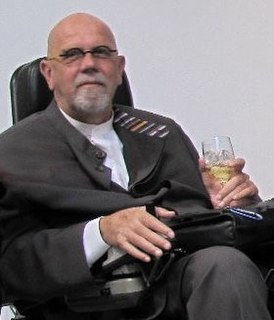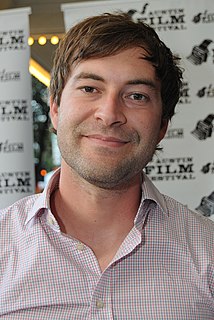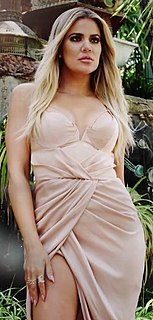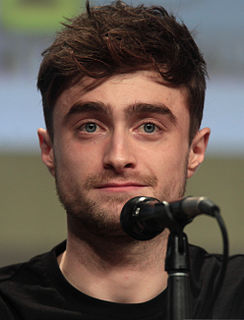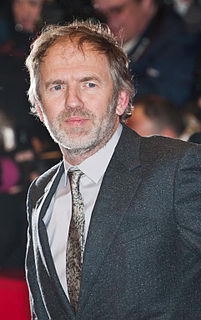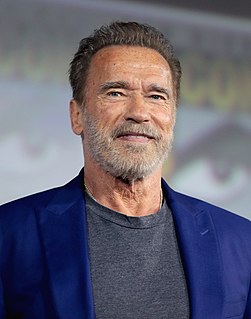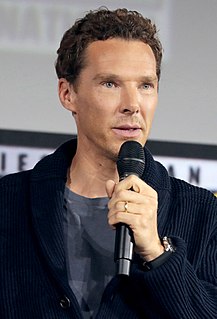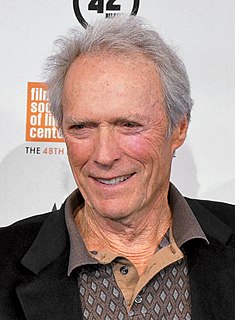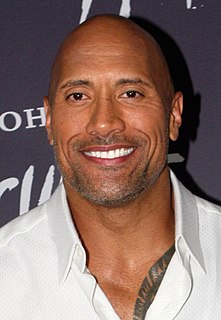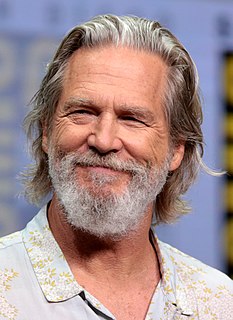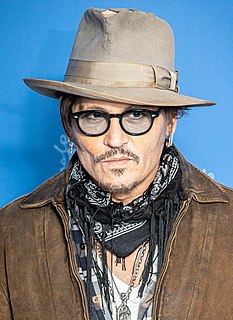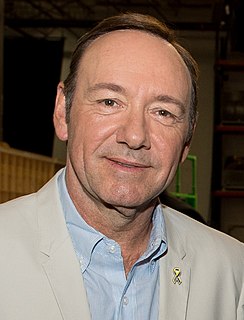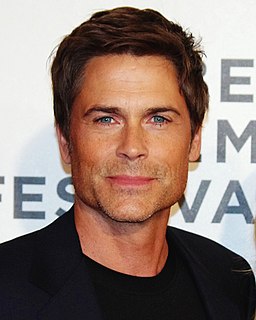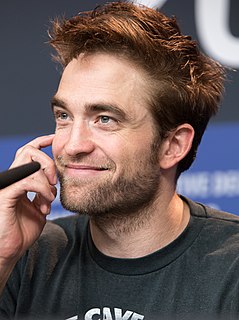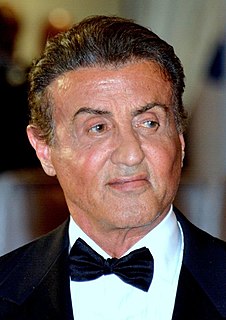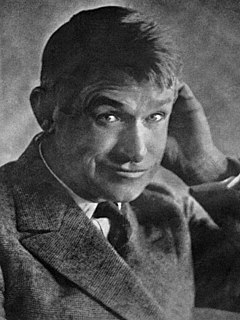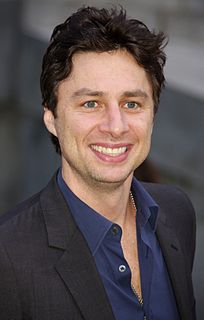A Quote by Corey Stoll
When you're in a theater, it's about reaching the back rows. When you have a camera in your face, it's just about knowing the size of the room.
Related Quotes
It's not always about reaching the widest audience. It's about how you reach people, and in that sense, there's no difference between a little room in a back basement with ten people if you hit them hard enough, there's a nobility to reaching ten people. They are not irrelevant because they are less than 10,000.
This is about Americans getting off the sidelines and getting onto the playing field, .. This is about each and every one of us who have been blessed by the wealth of this country sharing that blessing by reaching down and reaching back and lifting up somebody in need. That's what America is all about. That's what being American is all about.
You've just got to follow your own path. You have to trust your heart and you have to listen to the warnings. ... You can't argue with the universe. It's not about that. It's more about relaxing and knowing that you can handle it and feeling empowered. Knowing you have the power to do whatever the hell you want to do. That's what it's about. It really is.
There was actually a camera on your face. I don't know so much about the animation process but the camera was in our face so it could get expressions from our faces that would eventually arrive on the gnomes. It almost felt like you were cheating at times because it was a wee bit too much fun. You were in that box on your own. Kelly [Asbury] was in Toronto, I was in LA, so I was just on my own. I thought: "I can't be getting paid for this as well!"
Filmmaking isn’t if you can just strap on a camera onto an actor, and steadicam, and point it at their face, and follow them through the movie, that is not what moviemaking is, that is not what it’s about. It’s not just about getting a performance. It’s also about the psychology of the cinematic moment, and the psychology of the presentation of that, of that window.
Chicago theater vs. New York theater. There's just nothing to say about it really. If you've seen Chicago theater, you know that the work is true to what is there on the page. It's not trying to present itself with some sort of flashy, concept-based thing. It's about the work, and it's about the acting you're about to watch. So acting-based theater feels like it was born there to me.
It's important to me, no matter what size I am or weight I am, to feel beautiful. Even at my biggest I was rocking body con dresses and you couldn't tell me twice. That's what I think Good American is. It's about women of individuality and diversity, but also about being comfortable in yourself. That's what we're trying to promote. It's not about fitting into a size two and that's what makes you beautiful. I just want people to be healthy and love who they are and be in control of your life. But that doesn't mean you have to be a size six.

